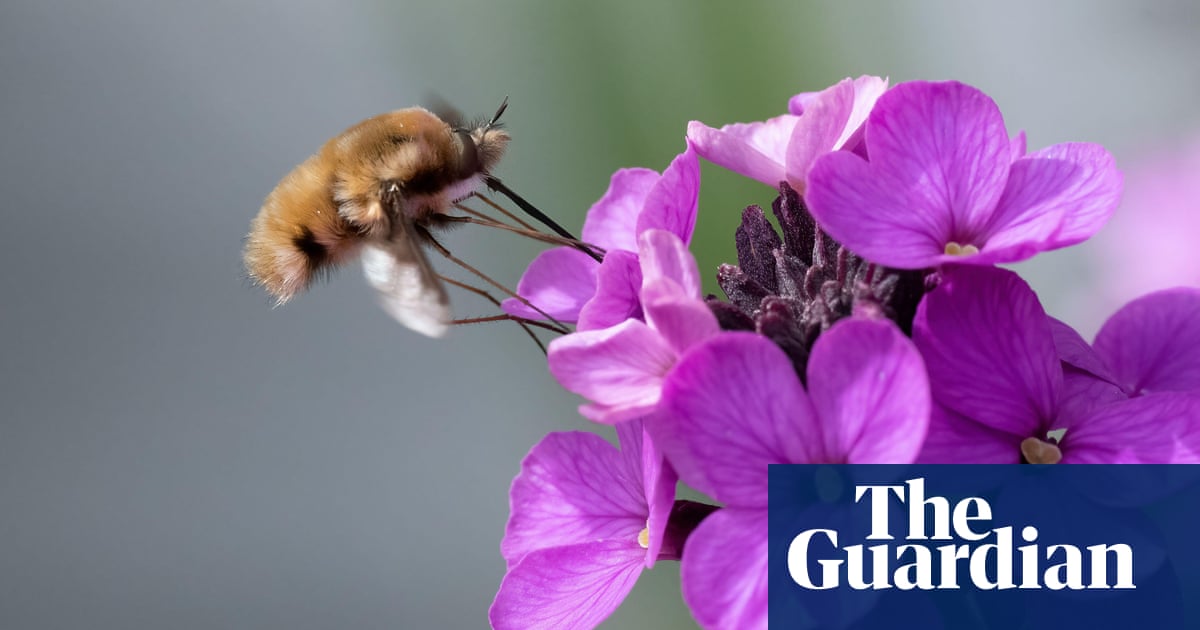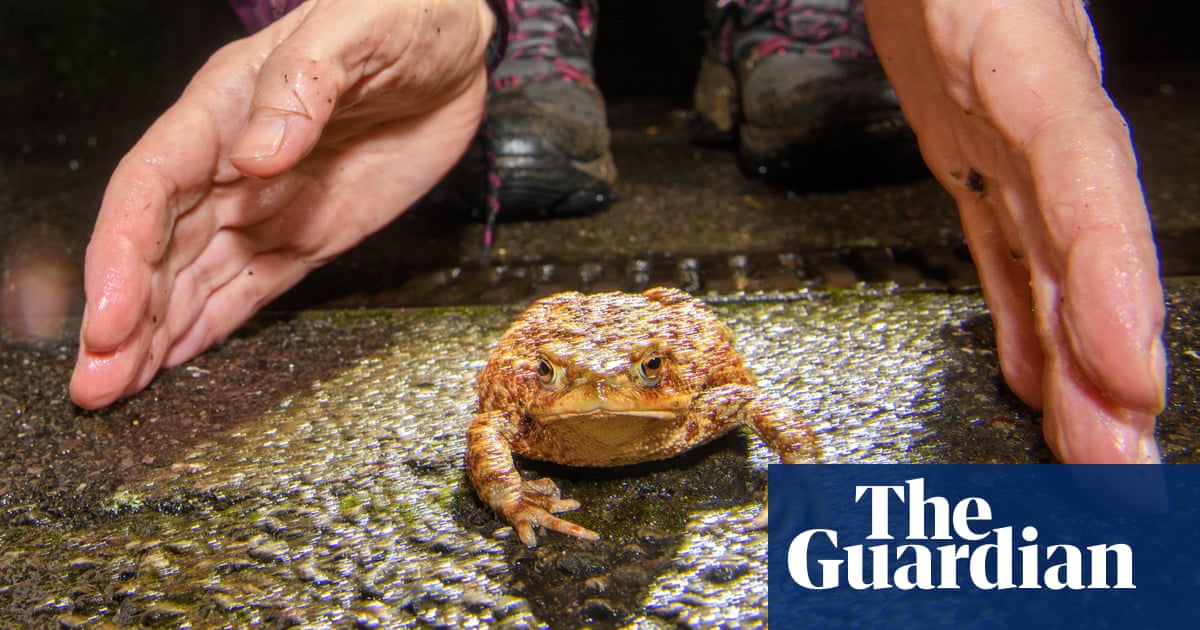
Inever expected a later-life love affair. But a few years ago, I was commissioned to write a book on garden insects and the earth moved. All of a sudden, I realised that my garden wasn’t just full of six-legged aliens, but characters, all with stories to tell, some of which were often bizarre and others hilarious. A few metres from my backdoor a glittering new world of intrigue opened up.
Now that it is spring, this world is awakening and the stories are piling up and moving on fast. As I have become familiar with more insects, the joy of the encroaching season becomes richer still, and more entrancing. Already we have hummingbird tribute acts flying around the spring flowers, bee flies with their hovering flight and long beaks, as fluffy as a child’s toy. Soon their larvae will hatch and grow into child-killers, brutalising the nests of solitary bees.
We have spring butterflies, orange-tips that might have survived by cannibalising their peers, and brimstones, veterans of months of hibernation, now in a state of age-defying breeziness and friskiness.
The bees are out – not just the corporate honeybees, but the mid-sized bumblebee colonies and the sole-trading solitary bees. The latter are bastions of feminine power, powerhouses of pollination, founded and largely run by females. It being spring, the cuckoos are here, too. These are cuckoo bees, which like the birds mimic their hosts and lay eggs in their nests. And they make an unusually loud buzz.
The months ahead will become a blur, the insect news desk will pile up with drama. The race to survive takes strange and wonderful turns. The lacewing’s larvae tear into aphids and decorate their bodies with corpses sucked dry, as a form of camouflage. Moths get itchy feet and migrate, using the stars for navigation. Dung flies use the freshest, runniest dung as no less a romantic dancefloor than a human village hall.
Those big, glamorous dragonflies, especially the emperor, hatch out to become the world’s most dangerous apex predator, their success rate for snatching prey in midair topping 95%, the highest of any animal.
Aphids take reproduction to scarcely believable levels. By parthenogenesis, a female aphid can give birth to a youngster that is itself already pregnant; unchecked by predation, aphids would fill the earth in a few weeks.
At the same time, earwigs take time to look after their young, nurturing them in a burrow for many weeks and attending to their needs, keeping them warm and clean.
One of the great themes of insect life is parasitism. It is thought that 40% of all insect species are parasitic, many of which are parasitoids, eventually killing their hosts or their young. Some are impossibly glamorous. See a cuckoo wasp, with its lustrous iridescence, dazzling green and pink, and it will make you gasp. The glittering exoskeleton is specially thickened in case its attempt to lay eggs in a wasp’s breeding chamber is intercepted.
Another parasite, a fly, lays eggs inside snails and the larvae eat their way out while it is still alive. Another wasp turns ladybirds into the living dead. Some parasites are themselves plagued by parasites.
This is, of course, drama in miniature, but insects are also the indicators of immense problems. Many are declining, putting pollination in jeopardy and sending warning of dangers not yet known. A host of new species are making their way north and colonising Britain because of climate change, a danger only too well known. The insects’ world is our world, however peculiar these neighbours of ours can be.
In the end, the insects need be heard, and their stories need to be told. Loving them is optional.
A Year of Garden Bees and Bugs by Dominic Couzens and Gail Ashton is published by Batsford












